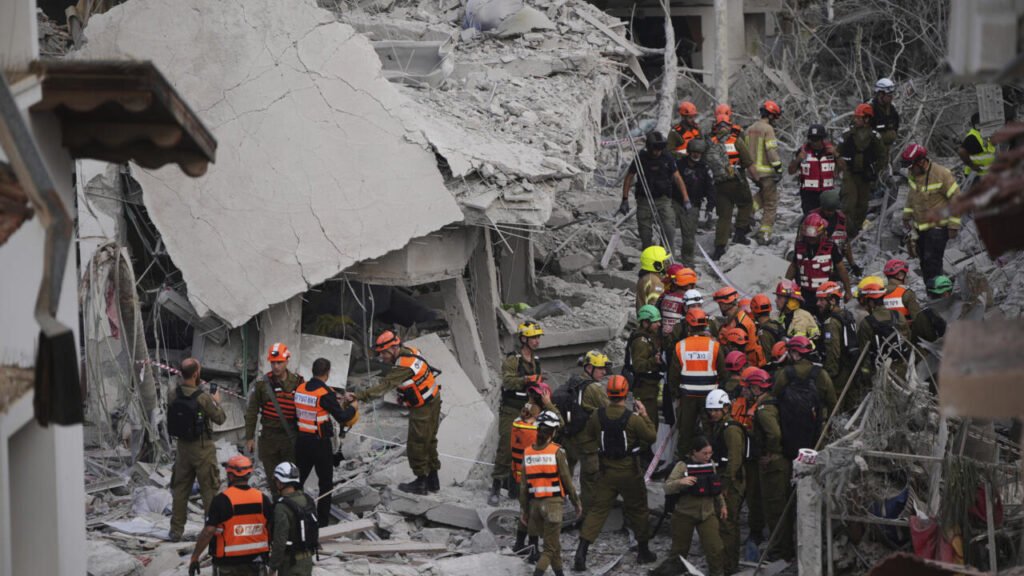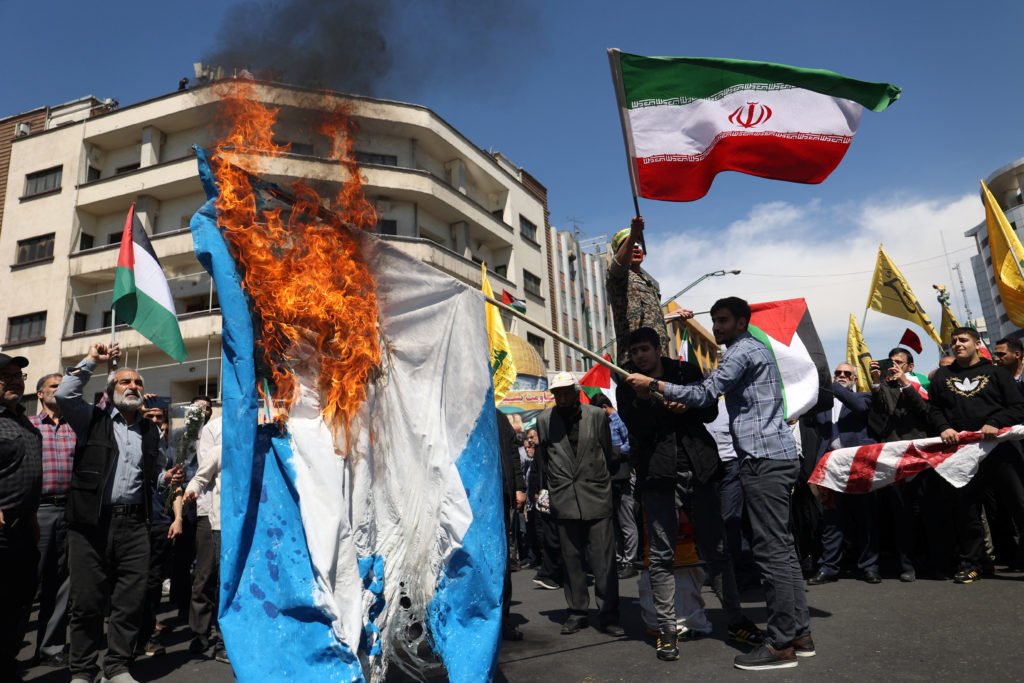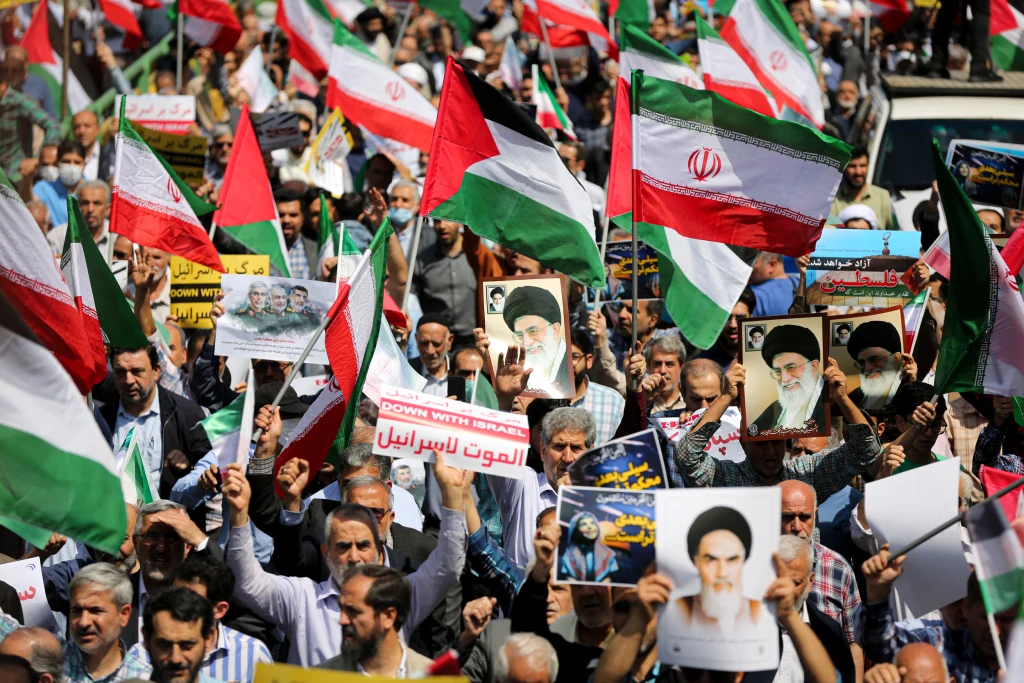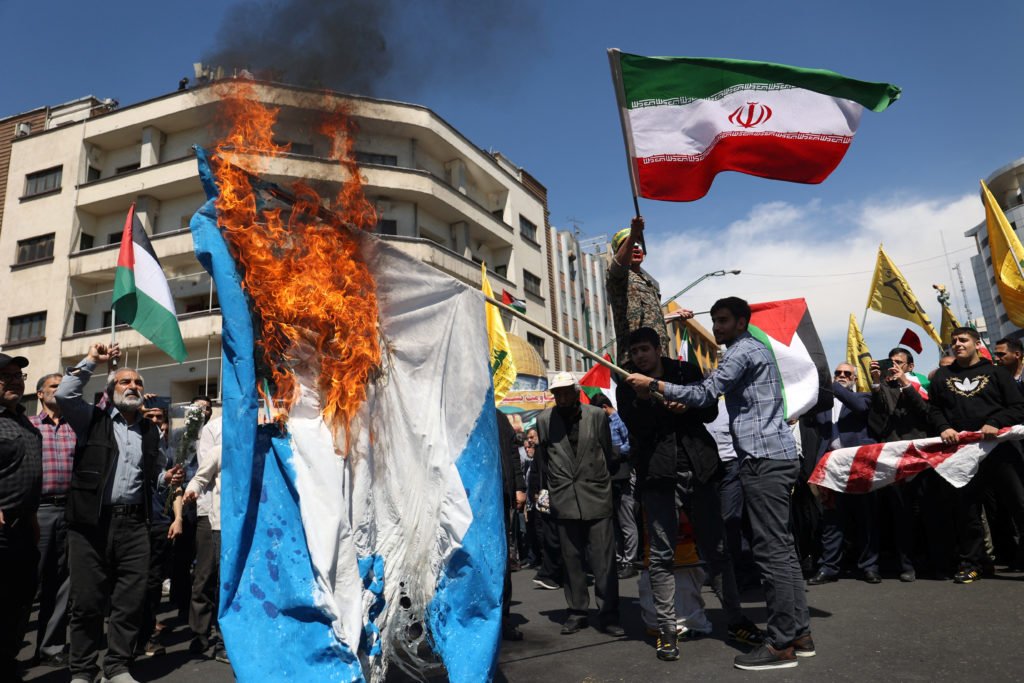
Iran, once known globally as Persia, is a country steeped in thousands of years of civilization, philosophy, poetry, and power. Today, the name “Iranian” signifies more than just a nationality—it reflects a deep cultural identity shaped by empire, revolution, religion, and resilience. But who are the Iranian people really, and why does this nation continue to captivate and challenge the world stage?
Let’s take a deep dive into the heart of what it means to be Iranian—past, present, and future.
Historical Background
Ancient Persia and the Achaemenid Empire
Iran’s story begins with the mighty Achaemenid Empire, founded by Cyrus the Great in the 6th century BCE. Spanning from the Indus Valley to the Balkans, it was the largest empire of its time and introduced groundbreaking policies, including religious tolerance and human rights declarations (like the Cyrus Cylinder).
The Sassanid Dynasty and Zoroastrian Heritage
Before Islam, Iran was deeply influenced by Zoroastrianism, a monotheistic religion rooted in the teachings of Zoroaster. The Sassanid Empire (224–651 CE) promoted this religion and left behind architectural and literary marvels still studied today.
The Islamic Conquest and the Rise of Shi’a Islam

In the 7th century, Arab Muslim armies swept through Persia. Islam became dominant, but over time, Iranians carved out a unique identity within it by adopting Shi’a Islam—a sect that remains central to Iranian religious and political life.
Mongol Invasion and Safavid Revival
The Mongol invasion in the 13th century devastated Iran, but it bounced back under the Safavids (1501–1736), who solidified Shi’ism as the state religion. This era gave birth to iconic Persian art, poetry, and philosophical thought.
Modernization Under the Qajar and Pahlavi Dynasties
In the 19th and early 20th centuries, Iran faced European colonial pressures. The Pahlavi dynasty, especially Reza Shah and his son Mohammad Reza Shah, launched aggressive modernization and Westernization campaigns—setting the stage for eventual backlash.
The 1979 Islamic Revolution
Causes and Key Figures
Years of authoritarian rule, inequality, and suppression of religious institutions sparked a revolutionary movement led by Ayatollah Ruhollah Khomeini. A coalition of Islamists, Marxists, and nationalists brought down the monarchy.
Establishment of the Islamic Republic
In 1979, Iran was declared an Islamic Republic, guided by Shi’a clerical leadership. This political experiment merged religion with governance in ways never seen before.
Impact on Iranian Society
Women were required to wear the hijab, Western music was banned, and civil liberties were restricted. Yet, paradoxically, education and healthcare saw improvement, and political activism didn’t disappear—it evolved.
Political Structure Today
Supreme Leader and the Guardian Council
At the top of Iran’s power pyramid is the Supreme Leader, currently Ayatollah Ali Khamenei. He controls the military, judiciary, media, and more. The Guardian Council vets all political candidates, essentially shaping electoral outcomes.
President and Parliament
Iran does have elections, but they’re tightly controlled. The President and Parliament (Majlis) handle day-to-day affairs, but real power lies elsewhere.
Role of Religion in Governance
Iran’s legal system is deeply entwined with Shi’a Islamic principles. Clerics serve as judges, and fatwas can influence national policy.
Iran’s Foreign Policy
Anti-Western Sentiments and U.S. Relations
Ever since the U.S.-backed coup in 1953 and the 1979 hostage crisis, Iran has viewed Western interference with deep suspicion. “Death to America” may be a chant, but it symbolizes historical grievances, not always present-day desire.
Iran and the Middle East
Iran sees itself as a regional powerhouse. It supports Hezbollah in Lebanon, militias in Iraq, and the Assad regime in Syria. This often pits it against Sunni powers like Saudi Arabia and allies like Israel.
Nuclear Ambitions and Sanctions
Iran insists its nuclear program is peaceful. The West fears otherwise. The 2015 JCPOA deal offered a path forward, but U.S. withdrawal in 2018 reignited tensions and sanctions, hurting Iran’s economy.
Iranian Culture and Society

Persian Language and Literature
Farsi, or Persian, is a poetic, elegant language with deep literary roots. Poets like Hafez, Saadi, and Rumi (though claimed by several countries) are national treasures.
Traditional Arts and Architecture
From intricate tile work in mosques to ancient Persian carpets, Iran’s art tells stories of empire, faith, and identity.
Role of Family and Social Norms
Iranians are fiercely family-oriented. Respect for elders, tight-knit households, and elaborate family gatherings are the norm.
Cuisine and Festivals
Who can resist chelow kebab, fesenjan, or saffron rice? Add in Nowruz (Persian New Year), and you’ve got a society that knows how to celebrate life.
Iranian Economy
Oil and Natural Gas Reserves
Iran has the world’s second-largest natural gas reserves and fourth-largest proven oil reserves. These resources fund much of its state infrastructure—but also make it vulnerable to sanctions.
Economic Sanctions and Resilience
Years of sanctions have forced Iran to develop domestic industries. While inflation and unemployment are high, Iran shows impressive economic endurance.
Domestic Innovation and Growth Areas
Iran has burgeoning tech startups, aerospace ambitions, and strong scientific research—particularly in medicine and nuclear physics.
Human Rights and Civil Liberties
Freedom of Speech and Press
Independent journalism is risky in Iran. Critics are often jailed, and social media is heavily monitored or blocked.
Women’s Rights in Iran
Iranian women are highly educated and active in society, but face strict dress codes and legal discrimination. Movements like “Women, Life, Freedom” show they’re not backing down.
Protest Movements and Civil Disobedience
Iran is no stranger to protest—from the 2009 Green Movement to the 2022 Mahsa Amini protests. Iranians have repeatedly shown courage in demanding reform.
Youth and Modern Iranian Society
Technology and Social Media
Despite restrictions, Iranians are highly connected. Telegram, WhatsApp, and Instagram are everyday tools for youth activism, entrepreneurship, and creativity.
The Generation Gap and Cultural Clash
Younger Iranians often find themselves at odds with conservative elders. Satellite TV, VPNs, and a hunger for global culture fuel this divide.
Education and Aspirations
Iran’s universities are top-tier in the region. Many youth dream of studying abroad or reforming their country from within.
Iranian Diaspora
Iranian-Americans and European Iranians
Millions of Iranians live abroad, particularly in the U.S., Canada, and Europe. They’re often more liberal but remain deeply connected to their roots.
Contributions to Science, Arts, and Business
From Nobel Prize winners to tech CEOs to Grammy-winning musicians, the Iranian diaspora punches far above its weight globally.
Conclusion
Iran is a country of paradoxes: ancient yet modern, religious yet reform-minded, isolated yet globally influential. The Iranian identity is complex, shaped by a rich past and a turbulent present. But one thing’s for sure—whether through poetry, politics, or protest—Iran and its people continue to shape the world’s story in powerful ways.
FAQs
1. What is the difference between Persian and Iranian?
“Persian” refers to the cultural and ethnic identity, while “Iranian” is the nationality. All Persians are Iranians, but not all Iranians are Persian—there are also Azeris, Kurds, Arabs, and more.
2. Is Iran safe for travelers?
While the government has tense relations with the West, many travelers report that Iran is very hospitable. Always check travel advisories before planning a trip.
3. What religion do most Iranians follow?
The majority of Iranians follow Twelver Shi’a Islam, a sect that emphasizes martyrdom, justice, and a lineage of Imams descending from Prophet Muhammad.
4. Why is Iran often in conflict with the West?
Historical grievances, ideological differences, and geopolitical strategies have fueled mistrust—especially after the 1979 revolution and U.S. sanctions.
5. What are the top cultural exports of Iran?
Persian carpets, poetry, cinema, saffron, pistachios, and architectural styles are just a few examples of Iran’s rich cultural contributions to the world.

